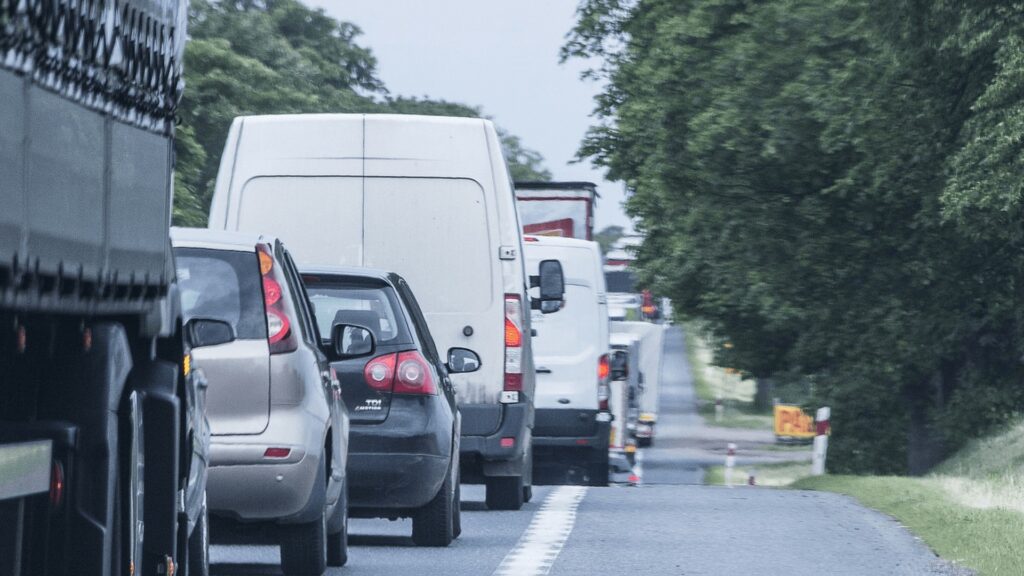Managing every vehicle type, and maintaining compliance and safety check procedures for each can be complicated. Where do you start? What daily checks and regular service needs to be in place for each vehicle type?
We know that a daily walkaround check process is a requirement for HGVs. The Gov.uk HGV driver’s daily walkaround check guide is described as “A guide about the daily checks HGV drivers must carry out to maintain safety standards for their vehicles”. The checks have to be carried out by drivers, in order to maintain safety standards.
But what about vans?
Driving and operating a van doesn’t require the same level of licence as for HGVs. Drivers are eligible to use most vans on a regular licence, and an O-Licence isn’t required for operators with only vans under 3,500 kg.
There are, however, recommendations for daily walkaround checks for vans. The Gov.uk van driver’s daily walkaround check guide is described as “A guide about the daily checks that van drivers should carry out to make sure that they’re roadworthy”. The checks aren’t a requirement, but they are best practice, in order to maintain safety standards.
As an O-licence holder, you should also know how to safely operate all of your vehicles, and that includes smaller vans.
The safety procedures for vans should be comparable to the safety and compliance procedures for lorries above 7.5T, including daily walkaround checks and scheduled maintenance.
Why should vans have the same check procedure as HGV’s?
Having proper safety check procedures in place for all vehicles minimises the risk of road accidents that could seriously harm your staff, other drivers or pedestrians.
Even if no one is hurt, preventable accidents can cause damage to your business – whether through costly repairs and insurance premiums or because of the knock-on effect of delivery delays.
Besides the responsibility, you have to operate a safe fleet, there’s a bigger reason than that. Essentially, if your van causes a serious accident, you could be prosecuted under the HSE.
With stricter sentencing guidelines released by the sentencing council, penalties like fines and jail-time for operators whose vehicles are involved in serious accidents are set to increase.
Essentially, operators could be fined up to £10m, in the case of Corporate Manslaughter– fines are based on an algorithm, which takes into consideration factors like:
- The severity of harm caused by the accident (for example, a vehicle with a faulty brake comes off the road and knocks down a pavement full of pedestrians would be severe harm caused)
- The potential severity of harm caused by the accident (for example, if that same vehicle came off the road and narrowly missed a pavement full of pedestrians, it still had the potential to cause severe harm)
- The likelihood of the accident having occurred (for example, if the vehicle’s faulty brake was the result of inadequate testing of the brakes, it would be highly likely that the accident would have occurred, whereas, if the vehicle’s brake system had been regularly and thoroughly checked, and the fault was due to some kind of freak accident, the likelihood that the accident would have occurred would be much lower)
- The business’ annual turnover. Fines are now designed to “be so severe as to bring some businesses to their knees” and, as such, are in line with the size and turnover of the company. Company fines must be paid within 28 days, which, in many cases, could cause businesses to go under.
Additionally, company directors and employees can expect to receive custodial sentences for breaches of HSE procedure. Where a company director, or a driver “knows there is a breach of the law that has [some] likelihood of causing death or disability” imprisonment between 6-18 months is recommended.
In summing up the new guidelines on sentencing in HSE cases for O-license operators, Mark Cartwright, head of vans at the Freight Transport Association, said that “fines have been increased, the scale of fines will now be linked to company turnover and custodial sentences are more likely”.
How to properly put check procedures into place for vans and HGV’s
By taking appropriate safety and maintenance procedures, you a) reduce the likelihood of a major accident and b) will be able to show that you’ve followed due procedure, avoiding or minimising fines and custodial sentences.
Companies must prove they have ‘adopted a recognised industry standard’, in order to avoid prosecution in the event of a crash.
Stream helps operators to ensure (and show) compliance with industry standards for safety and roadworthiness, with the Walkaround Check feature, and fleet maintenance functionality.
Stream Check works for all fleets, including those with a mix of vans and HGVs. Add different checks for each vehicle type, and ensure drivers are actually completing their checks, as well as following defects through to resolution, and scheduling and recording regular maintenance and services on all vehicles.
Request a demo back today to learn more about using Stream Check to ensure safety and compliance for your fleet.








